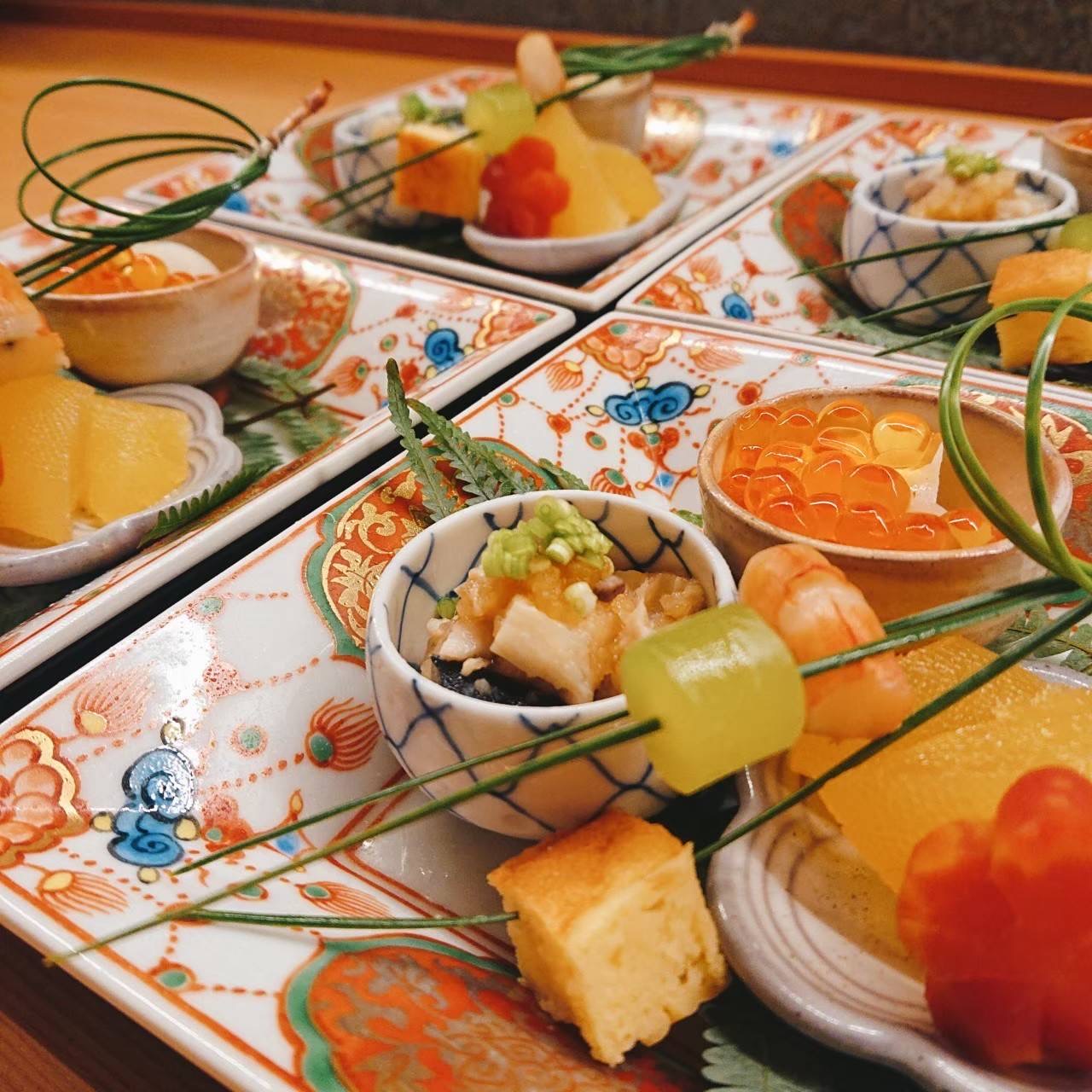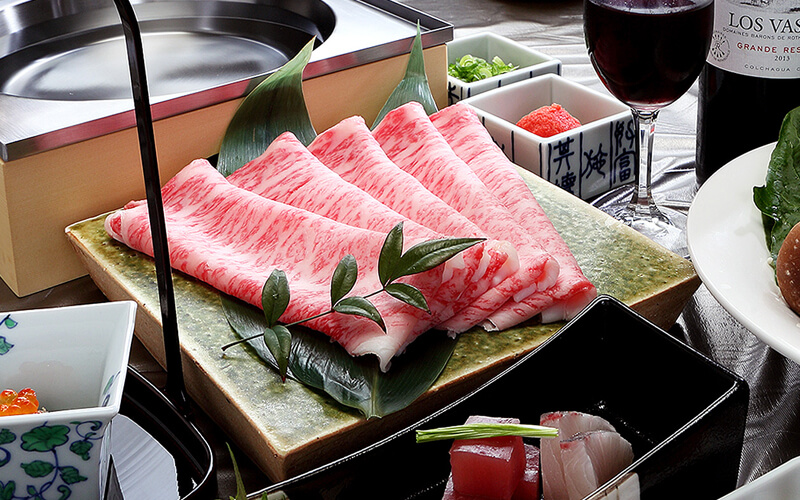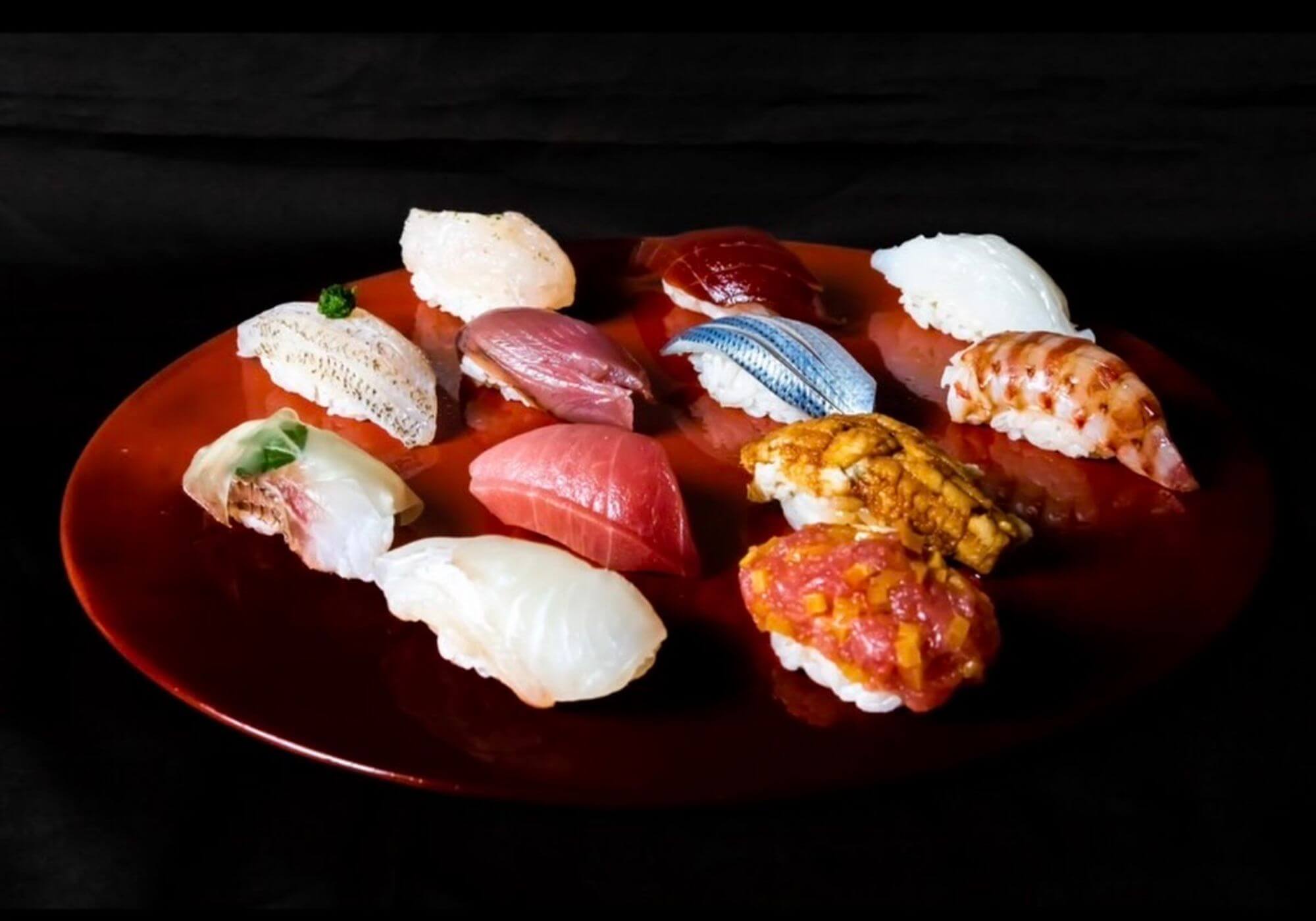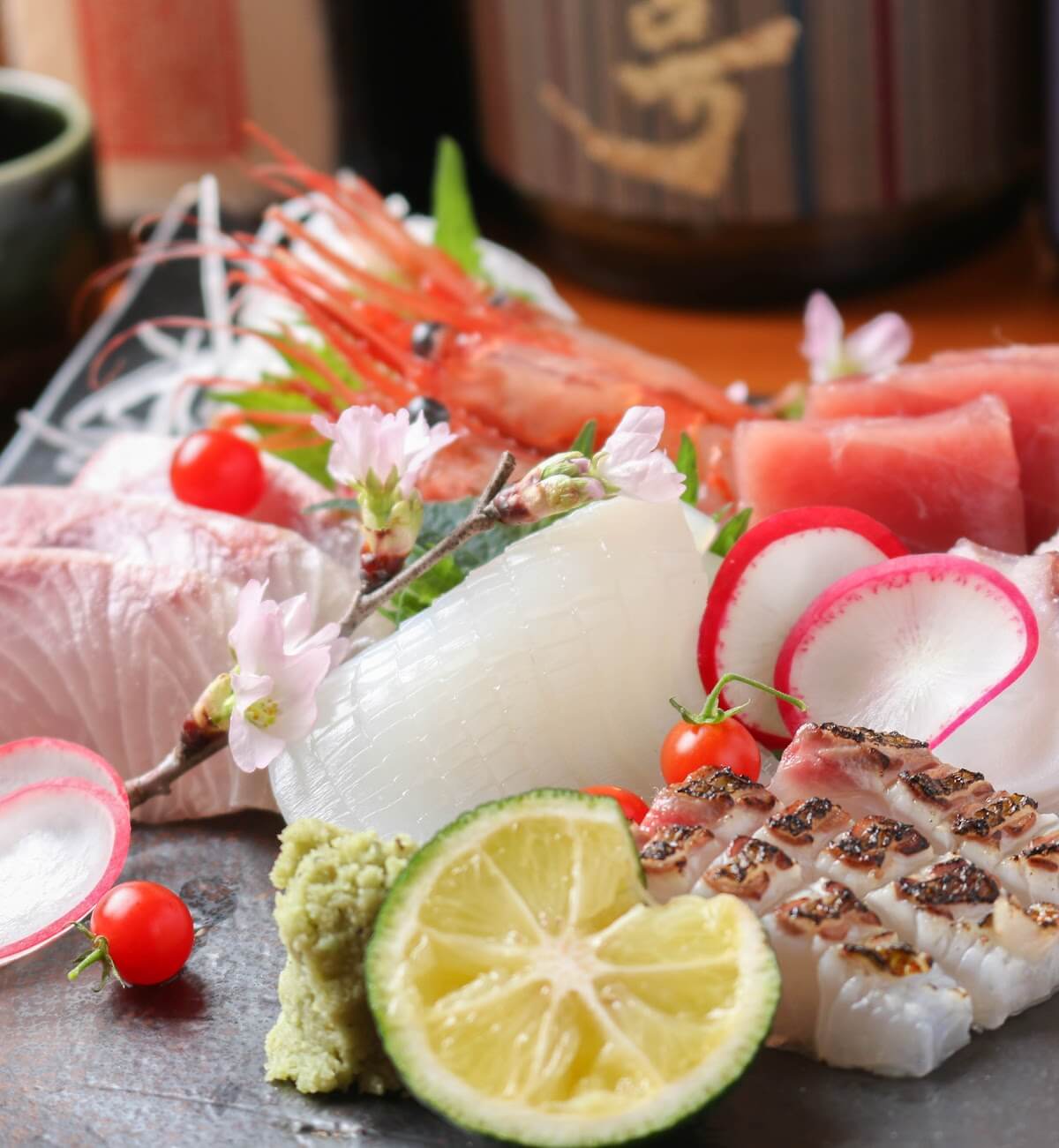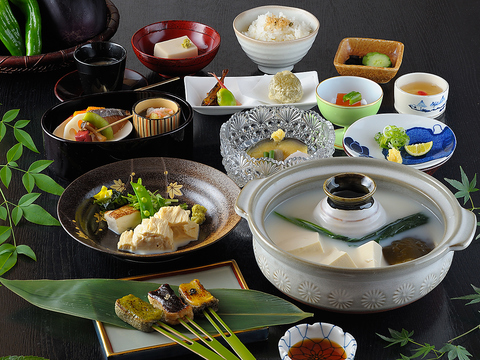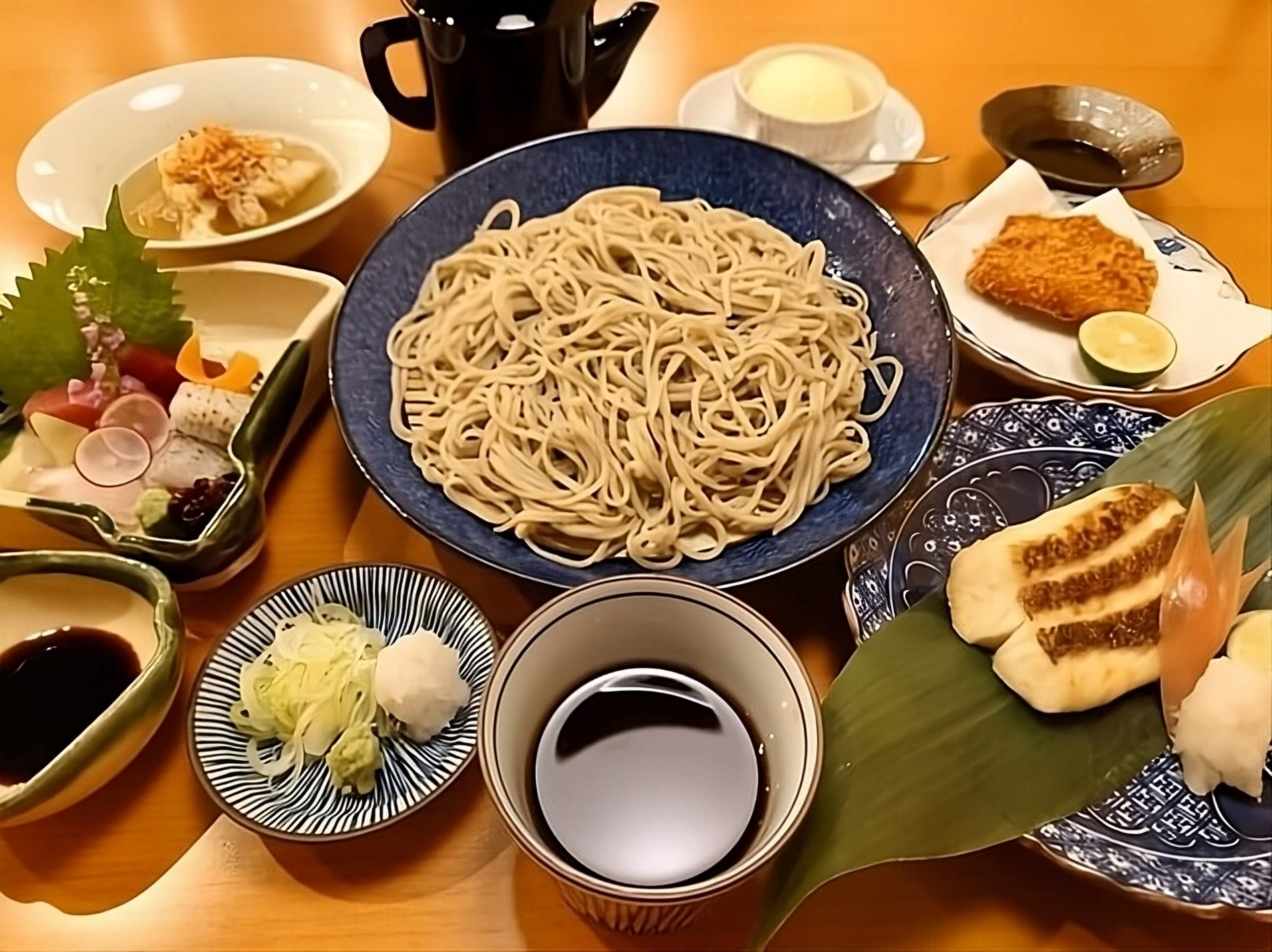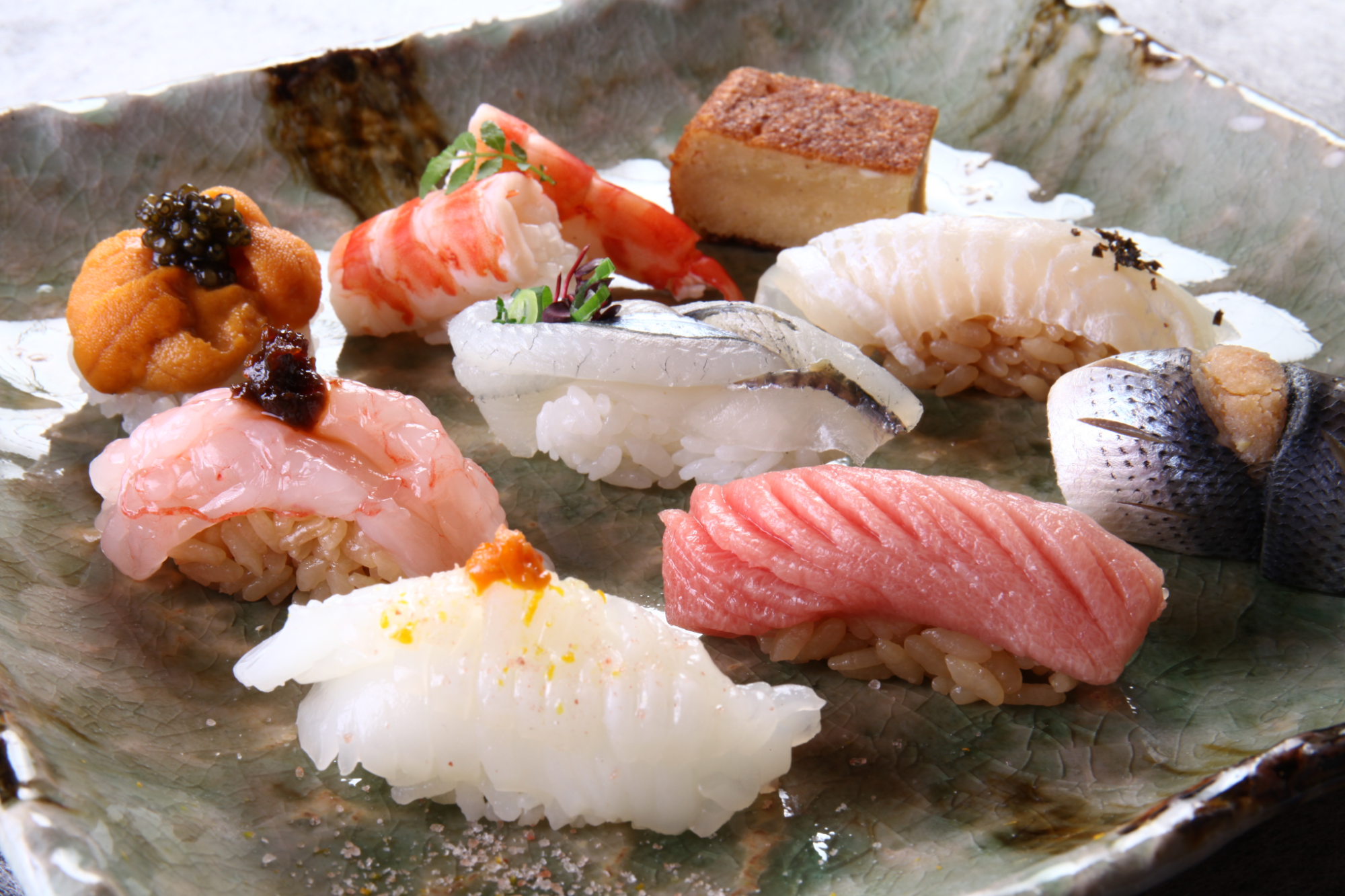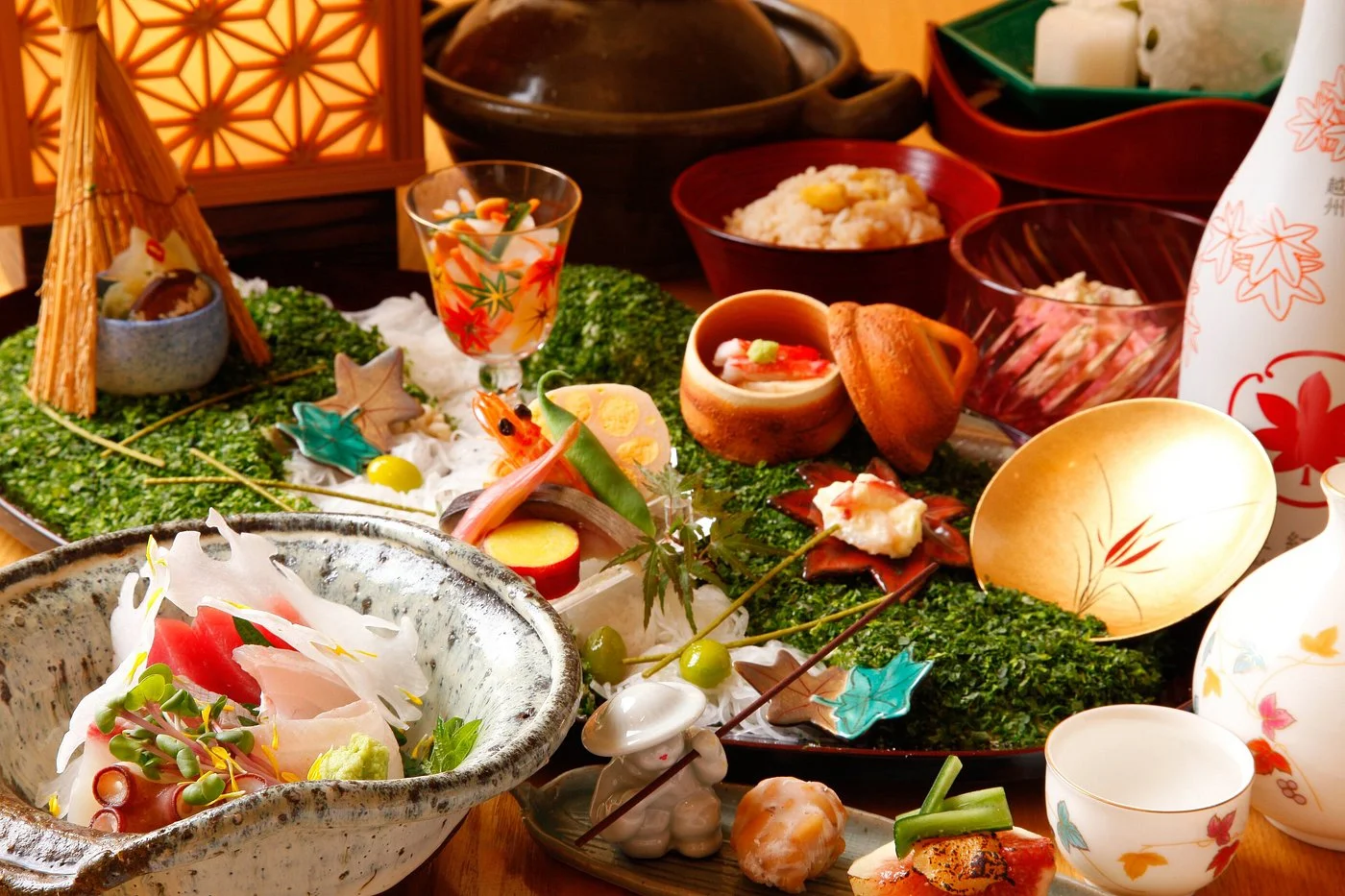Looking for information on the best things to do in Kyoto in winter?
To inspire you for your Kyoto vacation, we’ve put together some of our recommendations on how to spend your time exploring Kyoto during Japan’s winter season!
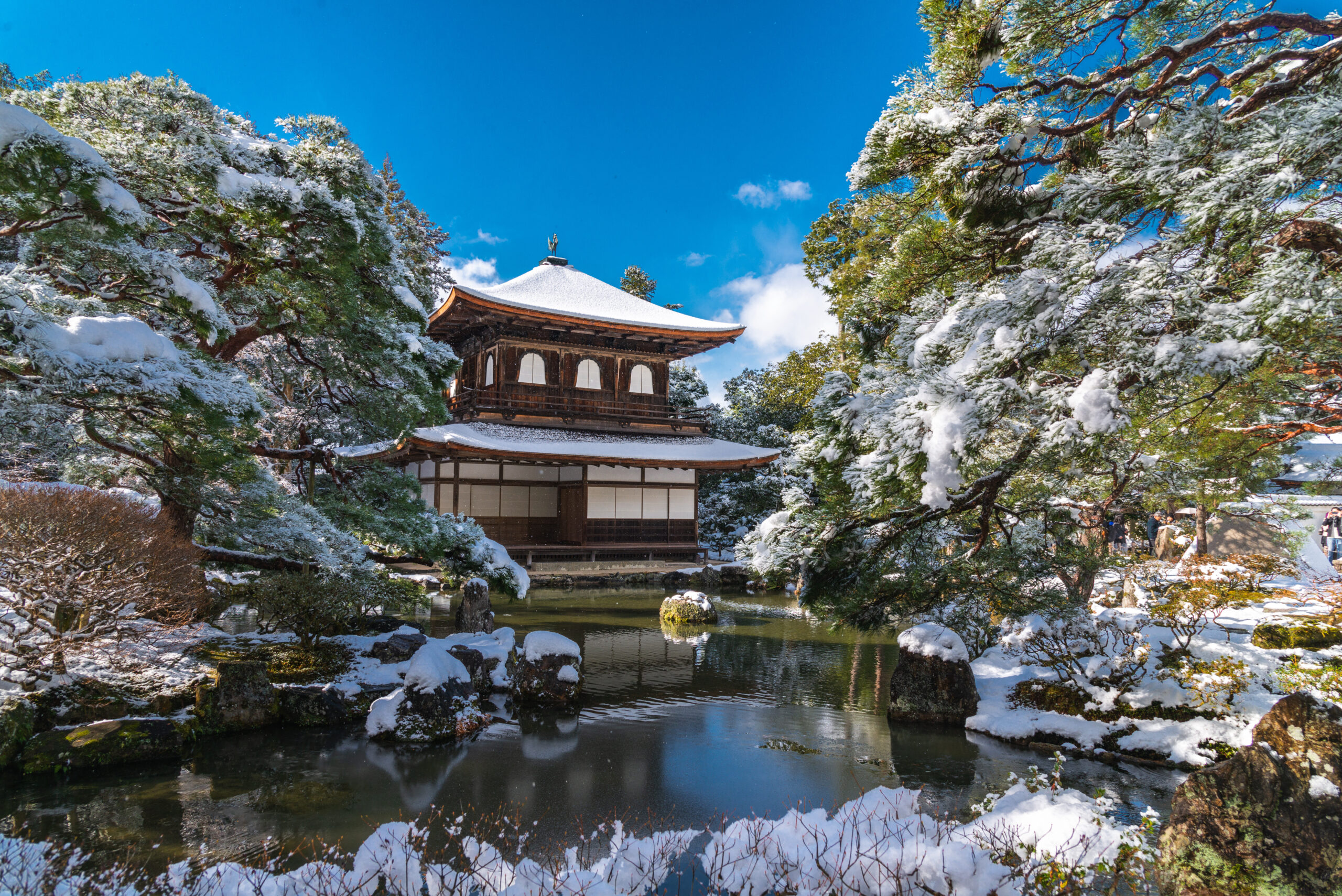
Winter in Kyoto lasts from December to February, which gives you plenty of time to visit this beautiful city. But be prepared: you’re sure to feel the chill when you arrive.
Why? Kyoto is surrounded by majestic mountains, and it can get very cold in the morning and at night. The average temperature in December is around 7℃, and it drops to around 5℃ in January and February. Still, afternoons tend to feel warmer, so that’s the perfect time to get out and explore Kyoto if you’re not a fan of the cold.
Snow is more common in January and February, but snowfall in Kyoto has decreased in recent years overall. If you’re lucky enough to be in Kyoto on a snowy day, shrines and temples offer incredible scenery — they’re magical at any time, but especially when covered with a fresh blanket of snow.
The weather starts to change in February, and you’ll find plum blossoms (“ume”) growing. These are similar to cherry blossoms (“sakura”), and look just as stunning.
No matter when you visit Kyoto in winter, you’ll notice that it’s less crowded (apart from during the Christmas and New Year holidays). That means accommodation tends to be more affordable, and you’ll have more options to choose from.
See our recommended accommodations in Kyoto: MACHIYA RESIDENCE INN KYOTO
Our local team here at MACHIYA INNS & HOTELS has recommended the top things to do in Kyoto in winter, so read on for all the ideas you need to plan your trip!
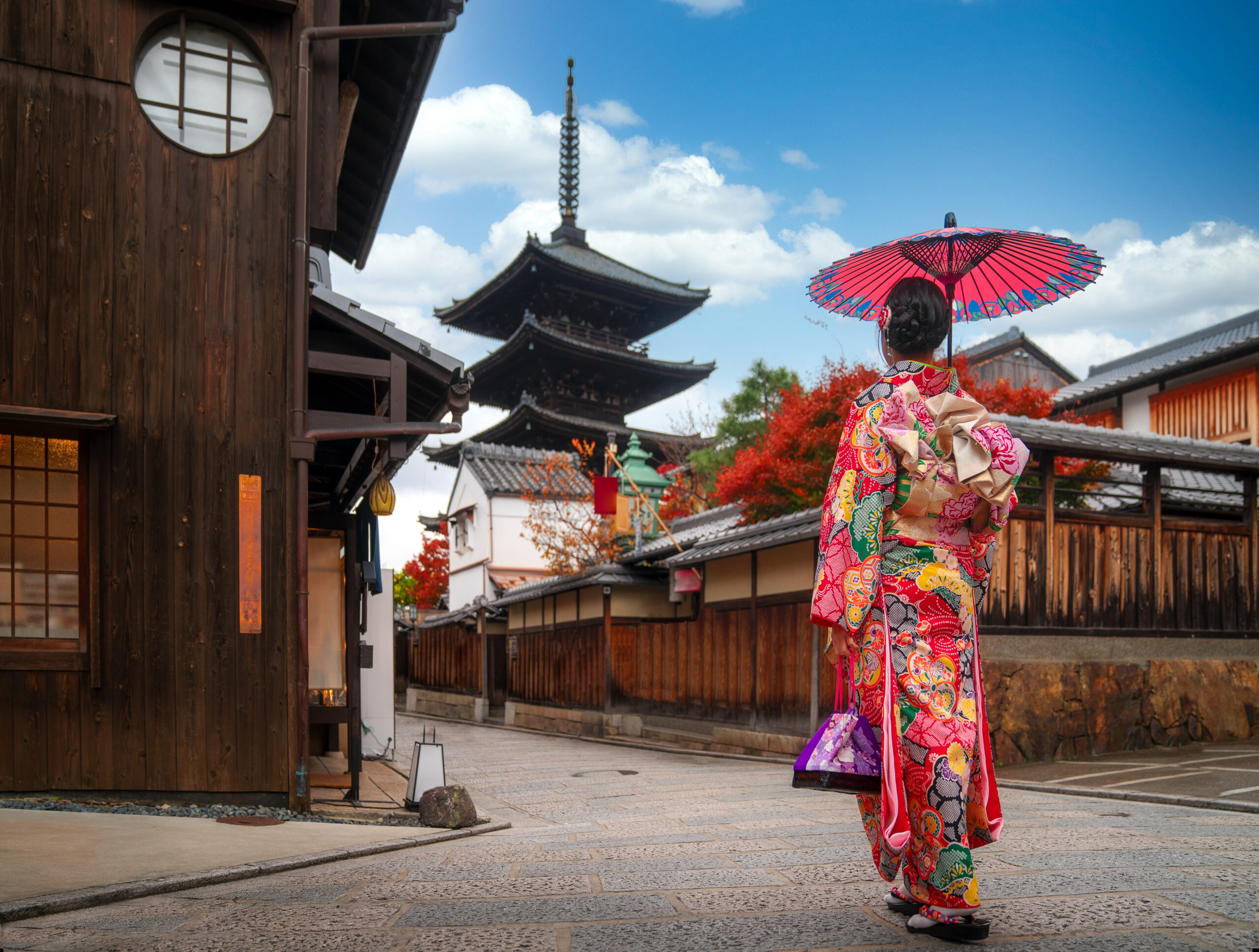
One of the best things to do in Japan, and Kyoto especially, is to wear a traditional kimono. These are a critical part of Japanese culture, and considered the country’s national dress.
You’ll see many Japanese locals wearing their kimono in Kyoto in winter, especially around the New Year holidays. Visiting a shrine or temple can become even more memorable when wearing a kimono. There are many places to rent a kimono during your Kyoto vacation, but there are also several shops that sell both new and second-hand kimono for those that want to keep a souvenir of their time in Kyoto city,
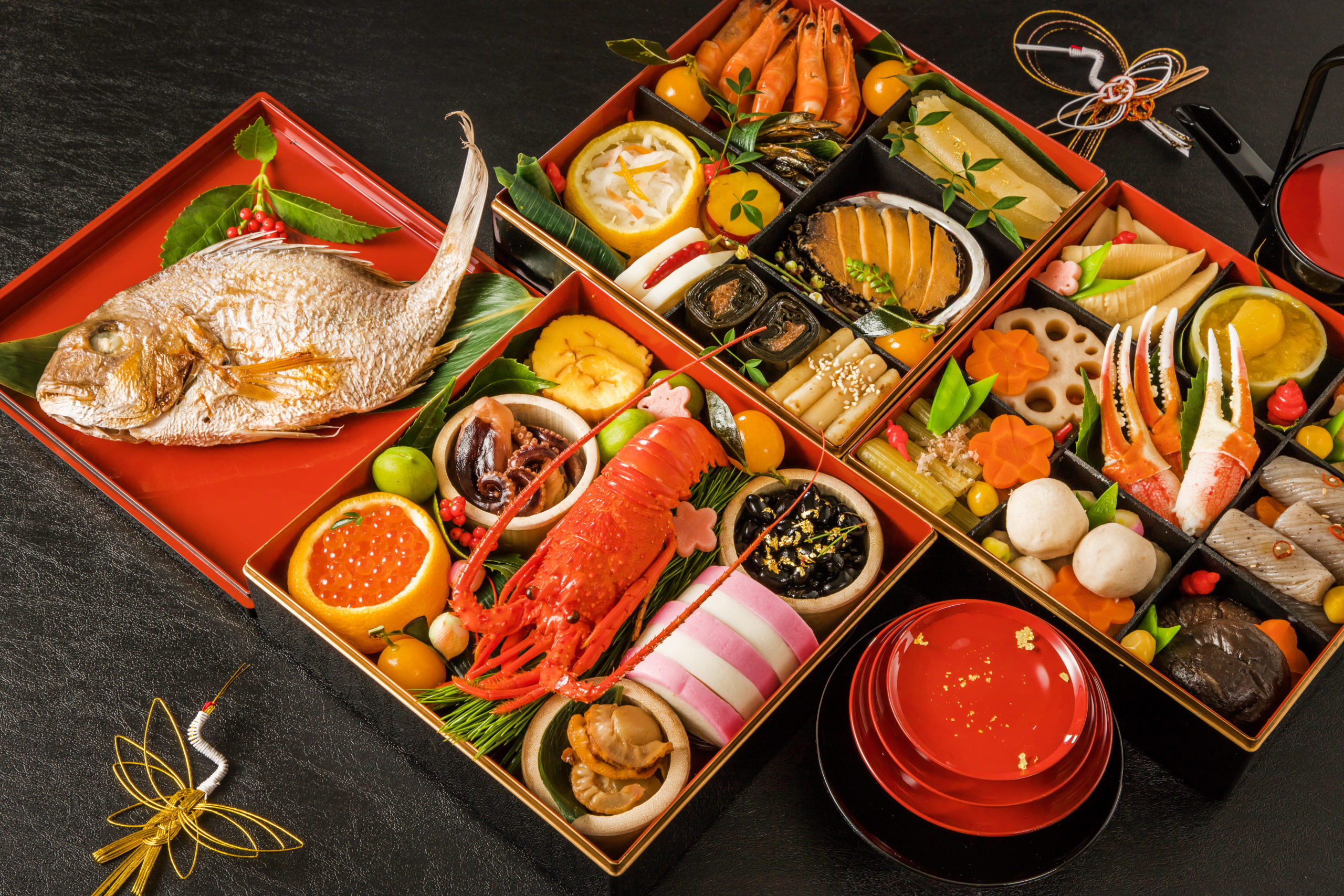
Wandering through Kyoto in winter is a great way to work up an appetite, and you have an amazing range of foods to choose from. But one of the best dishes to devour on a cold day is a piping-hot nabe, or hotpot.
Nabe is traditionally prepared and eaten directly at the table. Popular ingredients include meat, mushrooms, and other vegetables.
You’ll also find mochi, oden, and sushi in abundance throughout Kyoto. You can learn more about these in our Must Try Winter Season Japanese Food guide.
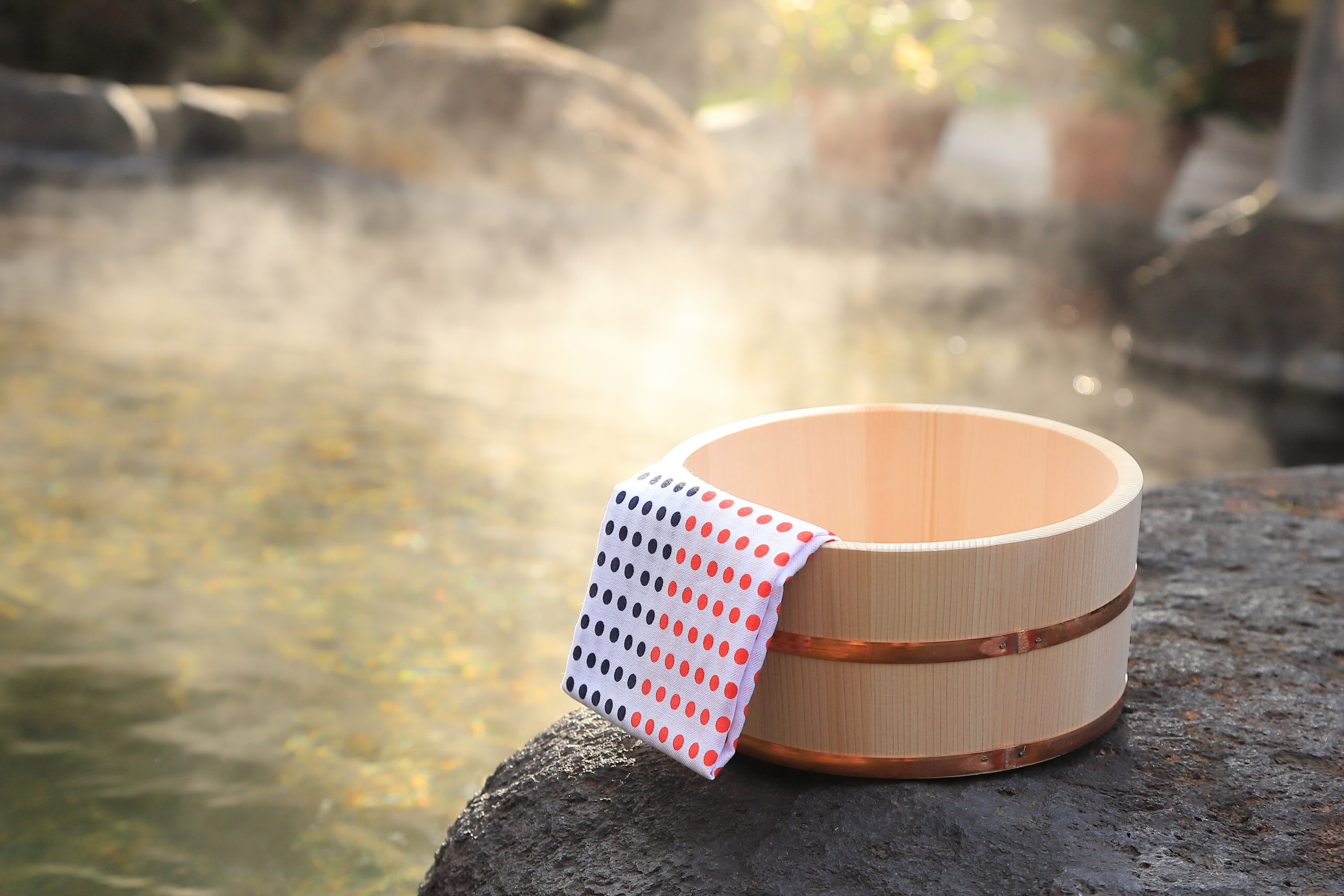
Need to warm up a little more, even with a steaming nabe in your belly? Try an onsen bath!
Onsen refers to hot springs, which are a common way for Japanese locals and visitors to relax. It’s well worth a try if you can find one, even if just for a brief stop between other activities.
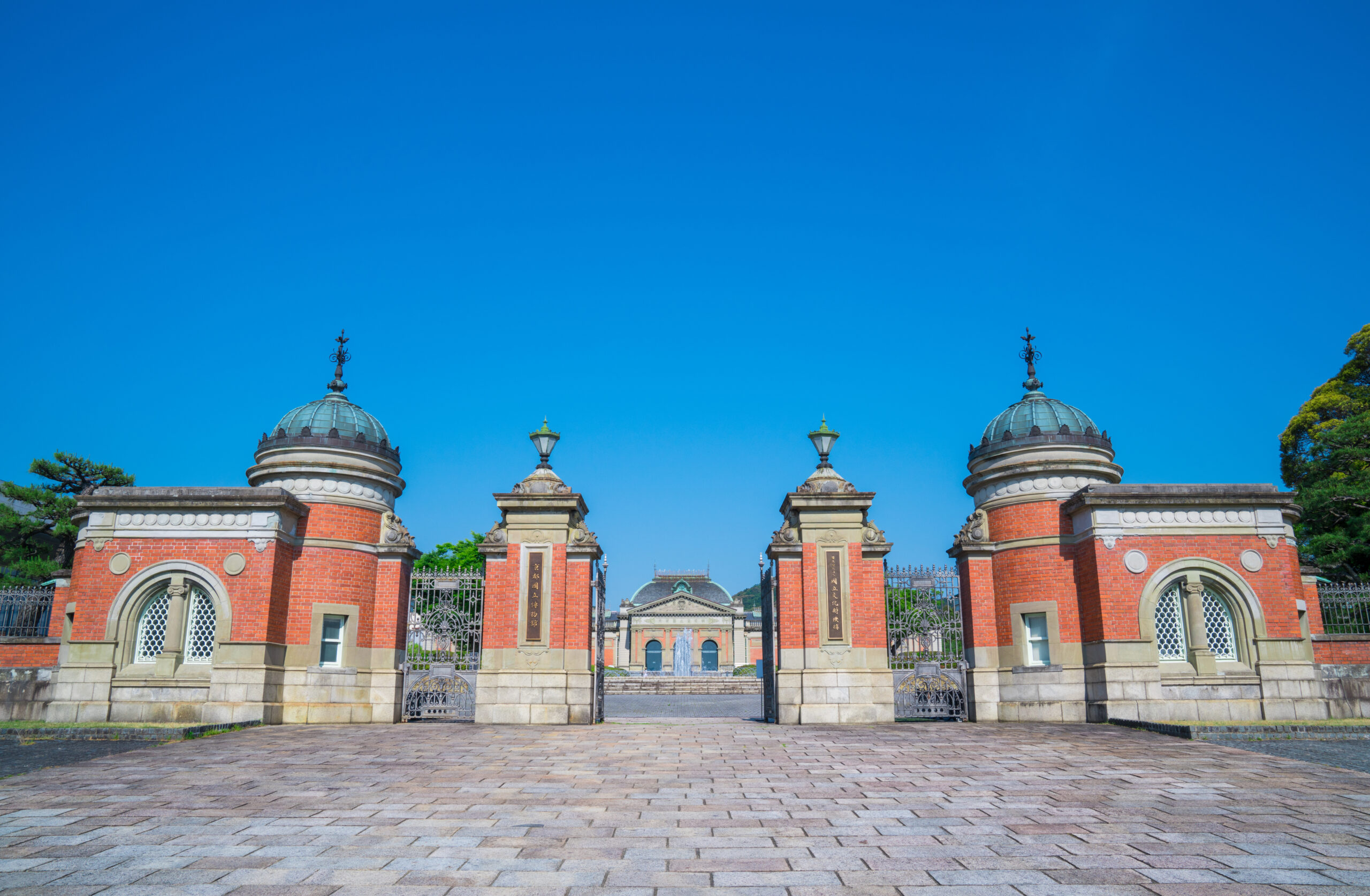
If you need to get out of the cold for a while, museums are warm, educational, and fun — all at the same time!
Kyoto is home to several remarkable museums, including:
・Samurai & Ninja Museum
・Kyoto Railway Museum
・Kyoto National Museum
・Kyoto International Manga Museum
・Kyoto Museum of Crafts and Design
There are lots of others to consider, whatever aspects of Japanese culture, history, and traditions appeal to you.
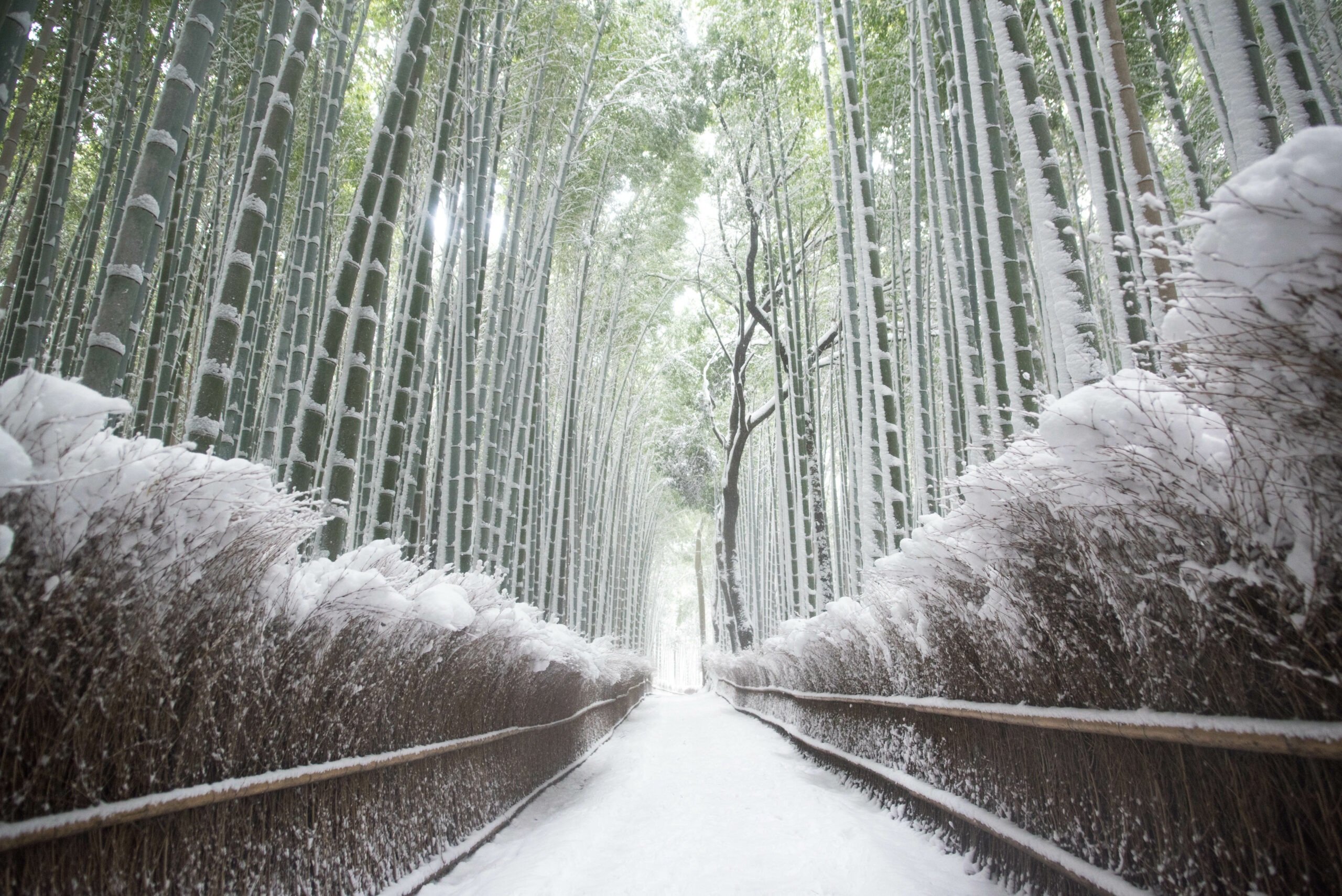
If you’re fortunate enough to be in Kyoto in winter while snow falls, go to Arashiyama (at the base of the Arashiyama Mountains). This area, particularly the Bamboo Grove, is one of the most magical locations to visit during winter in Japan.
Wandering through the Bamboo Grove, with snow on the ground and almost everywhere else, is an experience to remember. Walking tours are available.
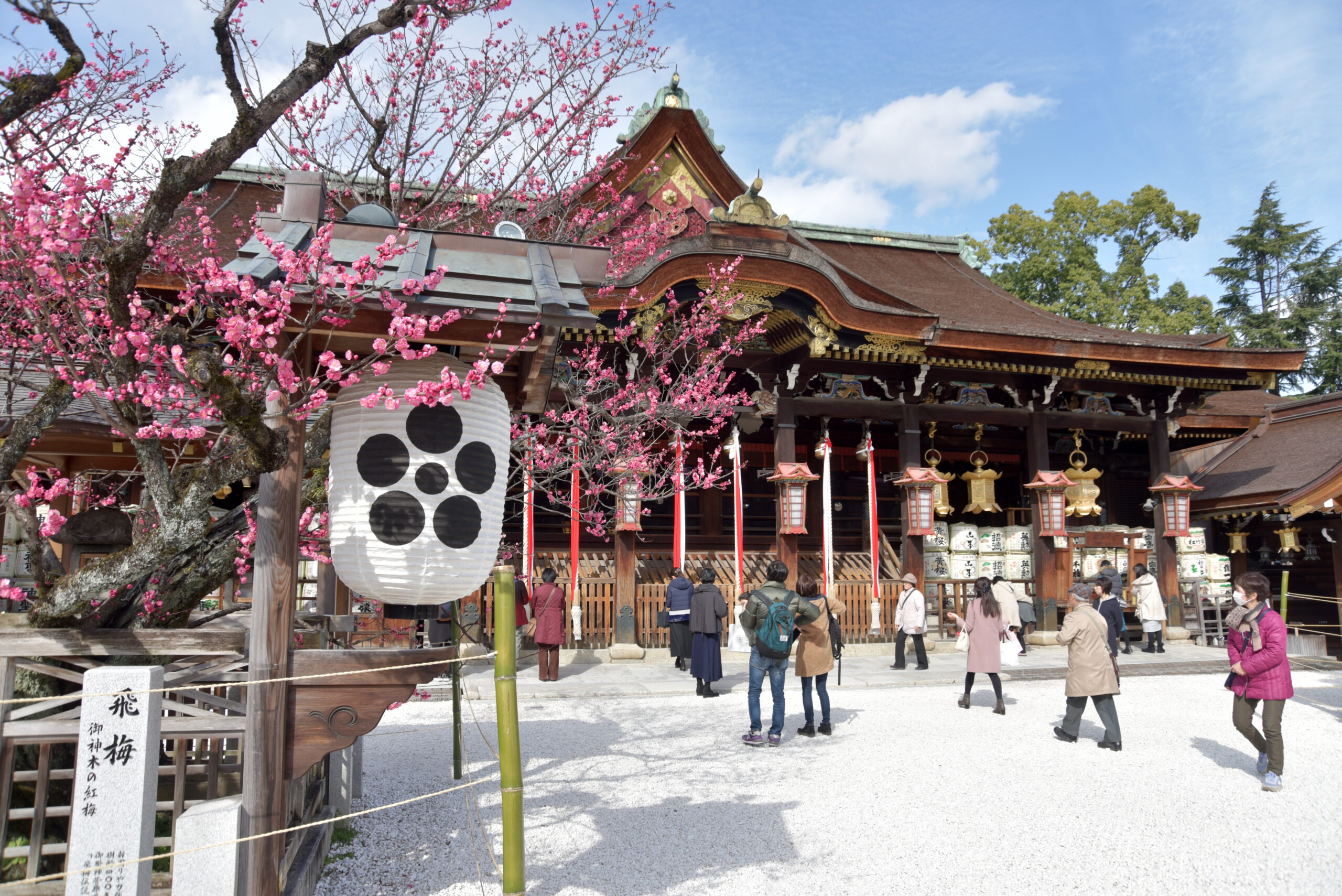
If you want to see a colorful side of winter in Japan, visit the Kitano Tenmangu Shrine in February and marvel at its unforgettable pink blossoms. The shrine was built more than 1,000 years ago, and remains a hugely important site for Japanese locals.
The shrine’s grounds are home to more than 2,000 plum trees, and the blossoms can bloom as early as the first week of January.
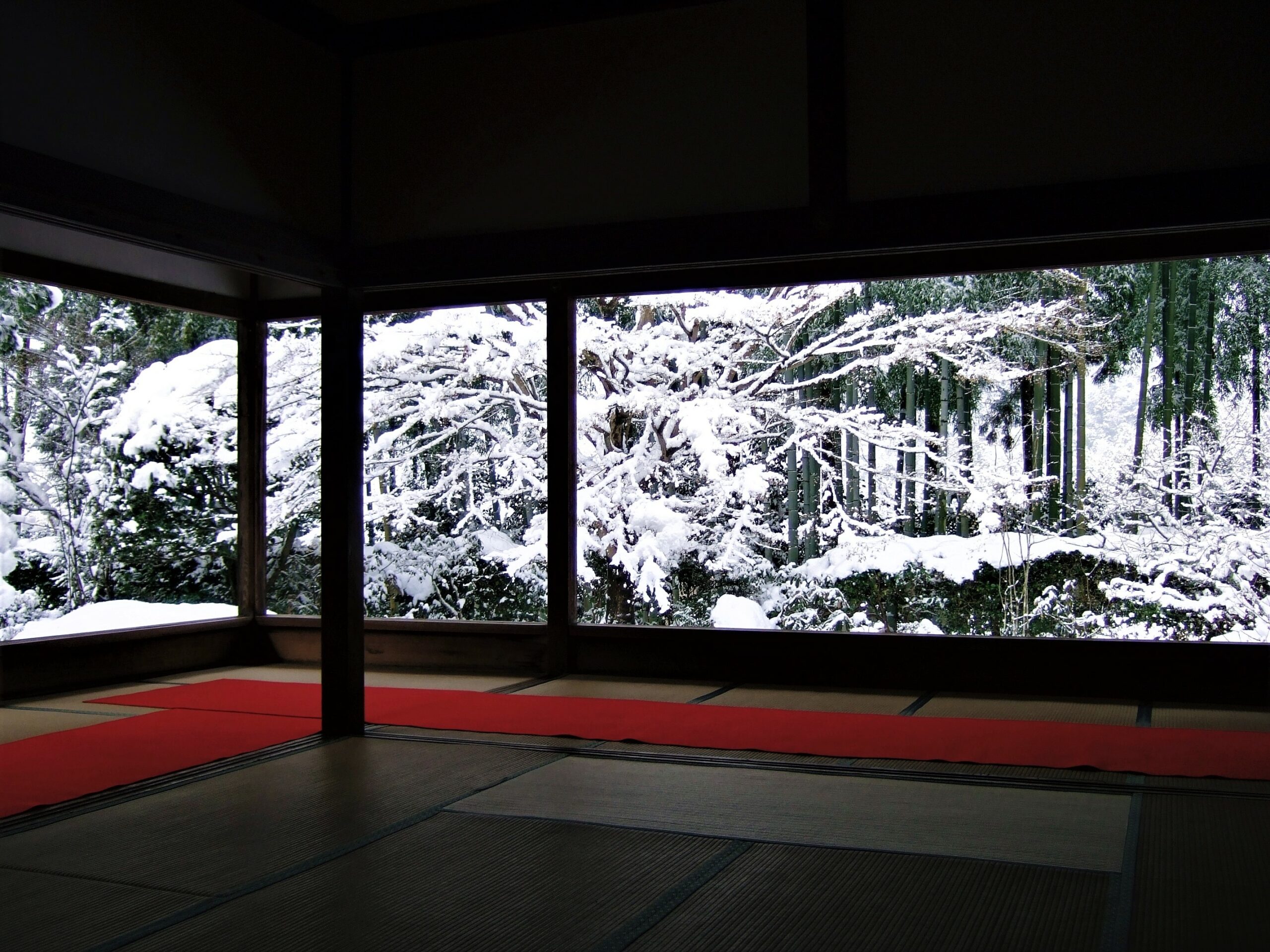
The Hōsen-in Temple, built more than 800 years ago, is a great place to relax and reflect on your experiences in Kyoto. It has two picturesque gardens, as well as a pine tree believed to be 700 years old, which is pruned to maintain the same shape as Mt. Fuji.
If your timing is lucky enough, you may get to see the temple’s gardens covered with snow!
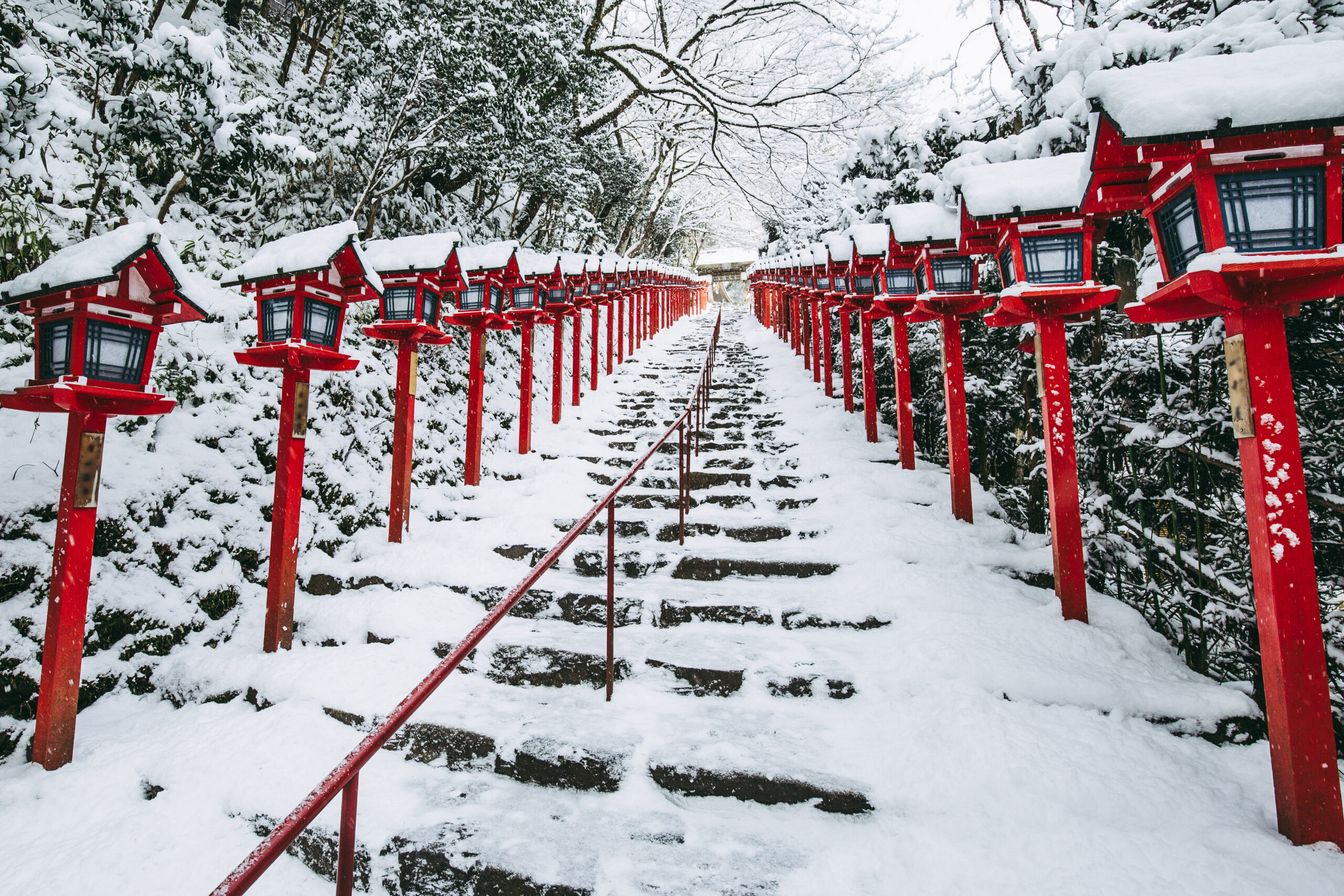
The Kibune (or Kifune) Shrine is a common destination during summer, as it’s usually cooler than surrounding areas, but it’s also popular in winter for its extraordinary views.
Kibune Shrine is made up of three shrines: the main, rear, and Yui no Yashiro shrines. It’s also more than 1,600 years old — which makes it older than Kyoto itself!
The snow-covered lanterns here are a popular symbol of winter in Kyoto. That’s why you’ll see them on any number of postcards, billboards, and posters.
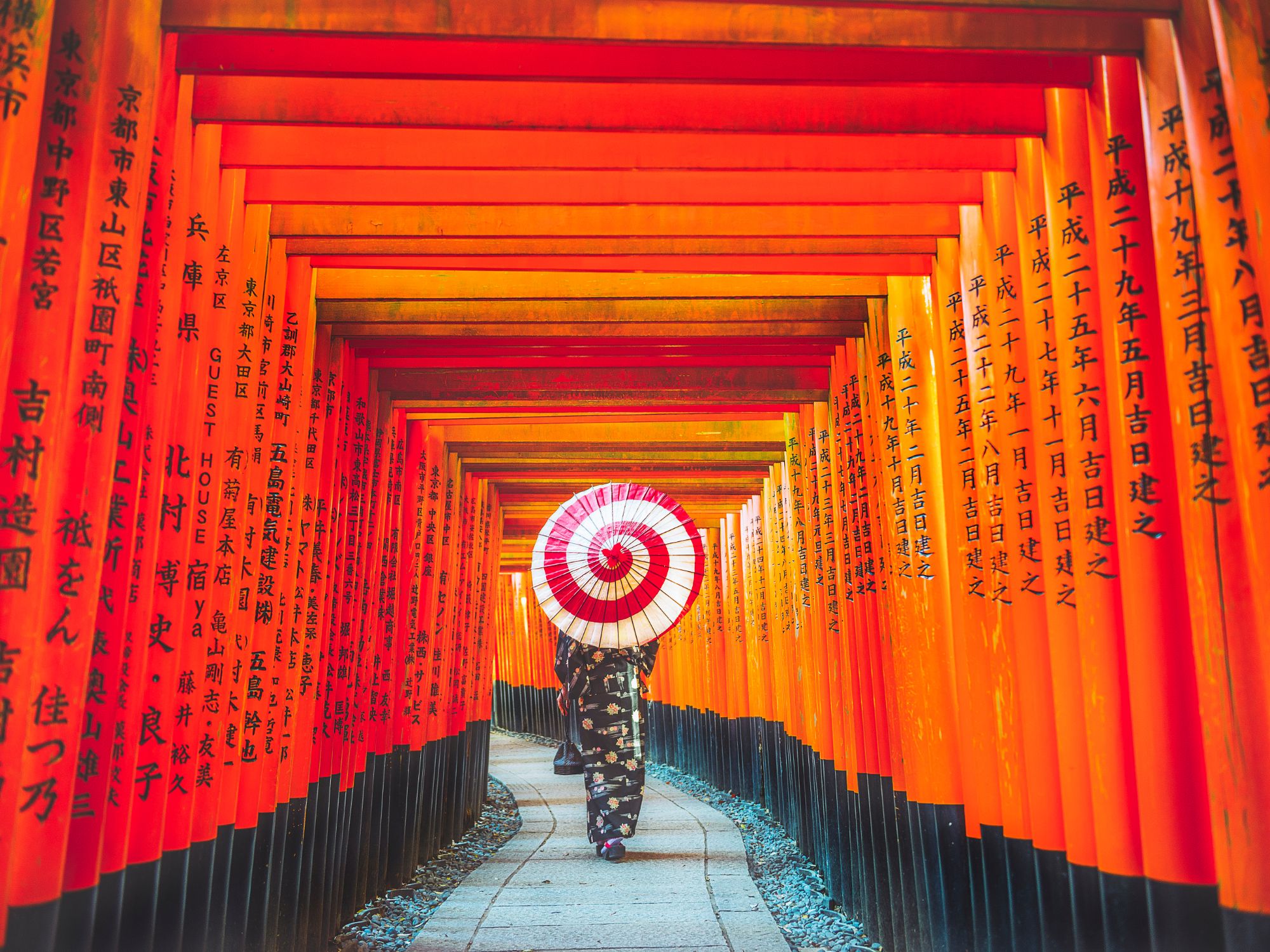
Fushimi Inari is a favorite of Japanese locals all year, but it’s a must-visit during winter. Just be aware that it gets very busy on and around the New Year holidays.
Various winter festivals take place on the shrine grounds in January and February, including the Coming of Age Festival (Seinen-sai) and Grand Mountain Festival (Oyama-sai).
And when you’re done with the Fushimi Inari Shrine, visit one of the many Japanese sake breweries in the Fushimi area for a drink!
If you time your trip right, you may even get the chance to see the coveted views of some of Kyoto city’s most famous sightseeing spots blanketed in white snow. If you’re planning your Kyoto travels to coincide with the winter season, be sure to check out our suggestions!
Make your trip a truly local experience, and go where the locals go. If you're wondering where the locals go to eat when hanging out with family, celebrating with friends, stopping by for an after work drink... look no further.
Machiya Locals Website